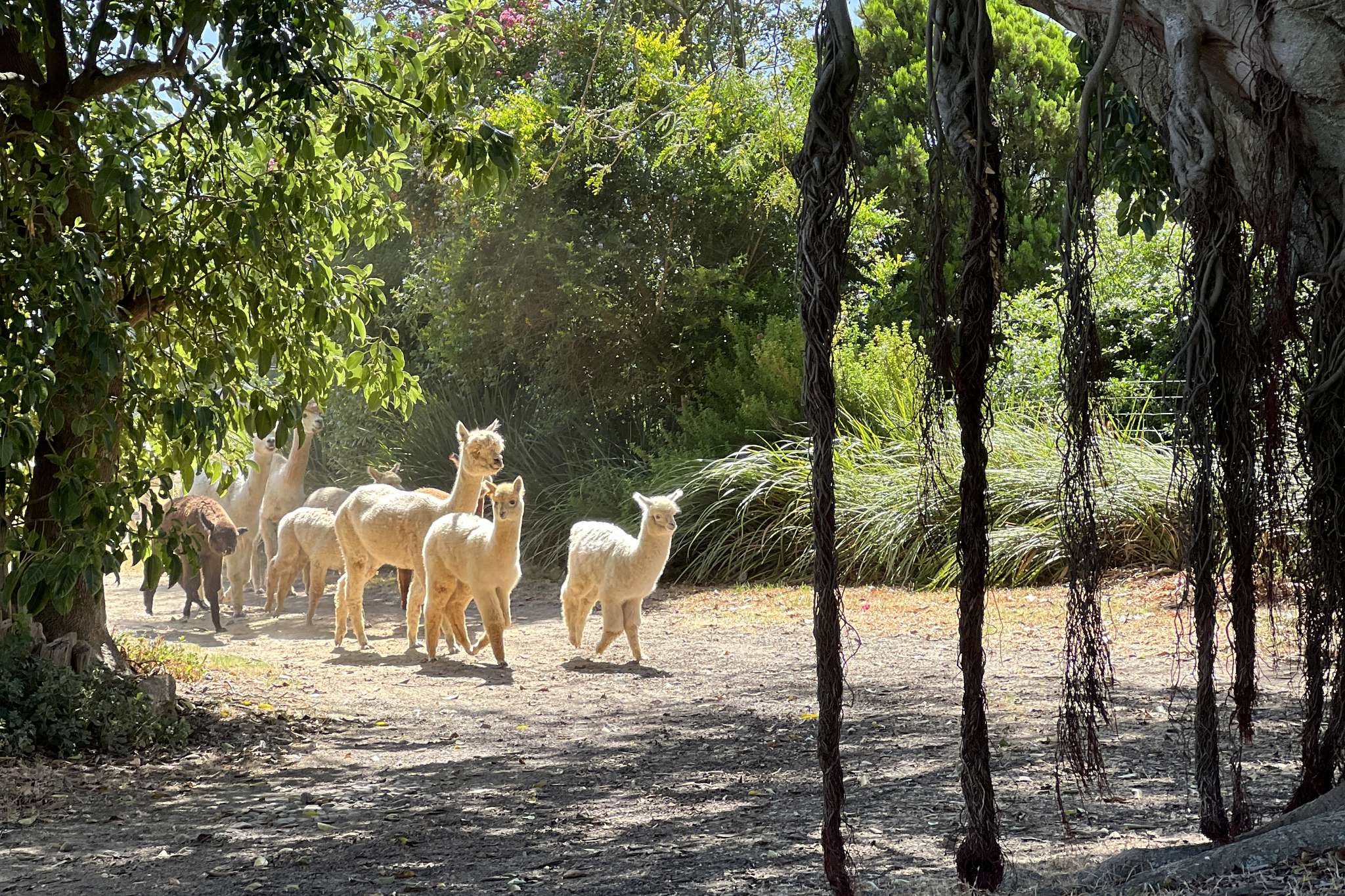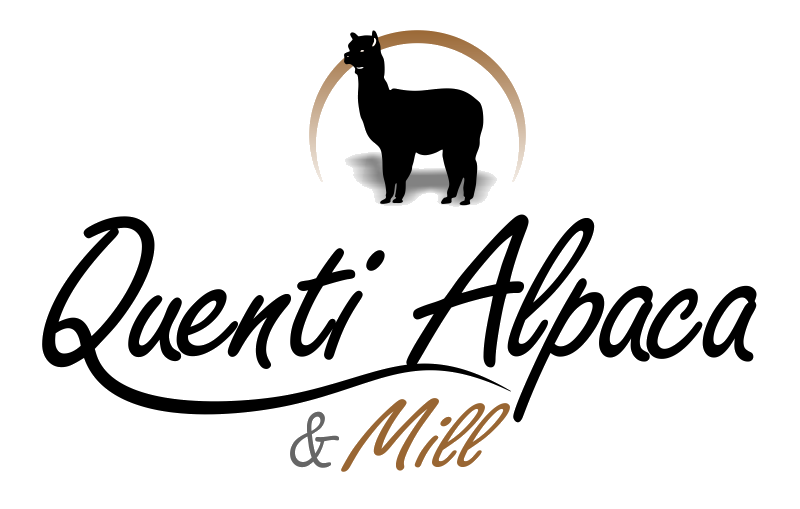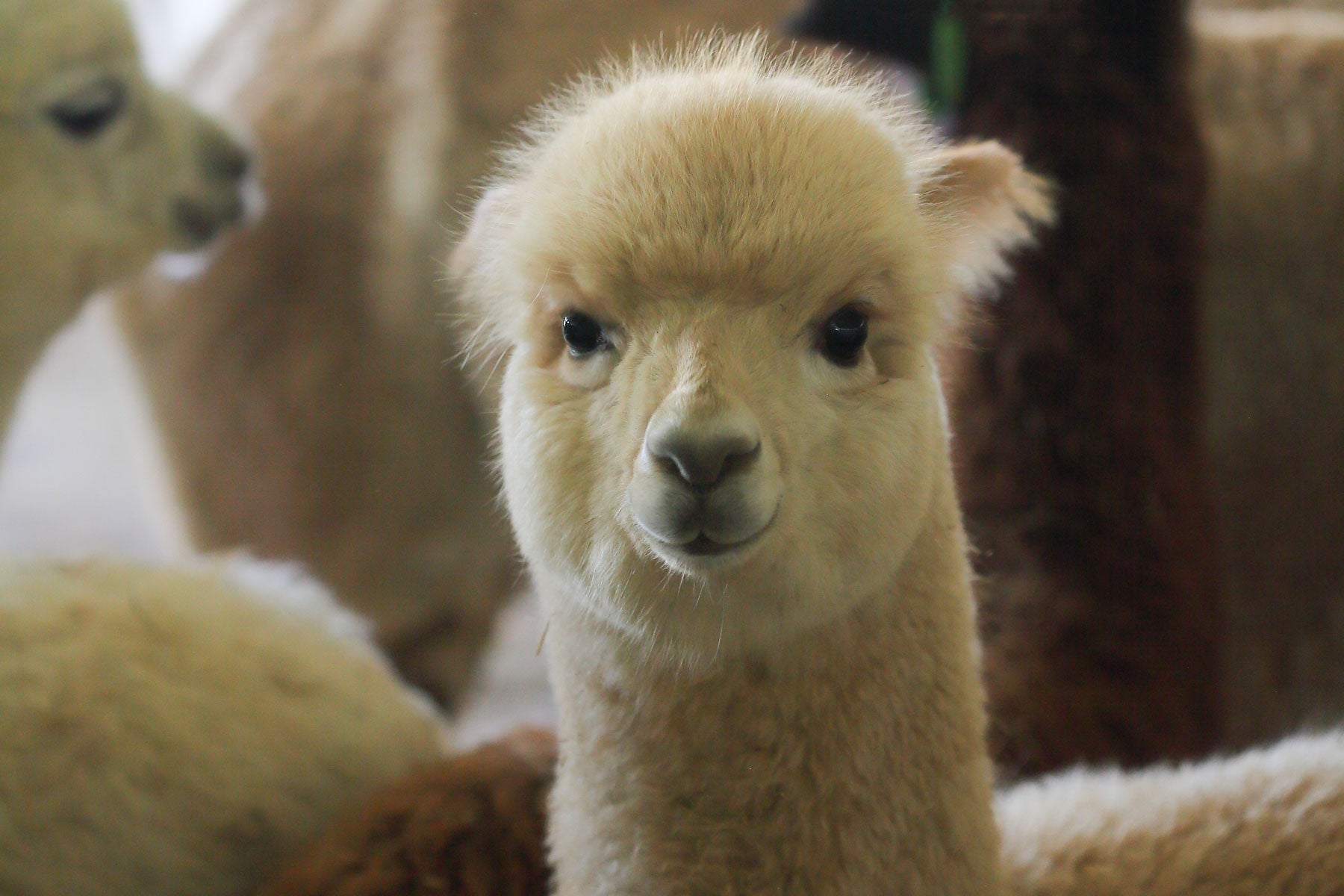Article: Our Story

Our Story
Our background is nowhere near to what we do. Stephen is a chartered accountant with a brain seemingly naturally wired towards numbers and debits and credits. He calls himself a “smous” and easily intellectually converts raw materials into finished product with a value and then a profit or loss, to determine if it is viable to make whatever it is we fancy making in the mill. Me on the other hand – numbers are mostly a mystery and I trained as a nurse. I have a natural affinity for making and growing things and have always loved to fiddle with yarn, fabric, beads and the like. Growing up I think I drove my family to distraction with an endless stream of creatures that I found – little birds that had fallen from nests, interesting caterpillars with gorgeous patterns and colours that I “needed” to watch to see what they became. Scraps of fabric and yarn ended up as dramatic quilts or knitted, crocheted or knotted creations. Food dye was destined to become fabric paint, branches and pine needles just had to be turned into a fort with the neighbourhood troop, eggs needed to be blown and painted.
So, the chartered accountant and nurse set about trading in Asian food – makes perfect sense - right? We developed, imported and distributed Asian food into restaurants, supermarkets and food manufacturers for many years whilst we raised our family. Once the children were independent, we though about a change in lifestyle. We found a desperately neglected farm “not too far” from Cape Town and set about researching the style of farmstead relating to our dejected looking future home. What a marvellous and interesting journey. I am in awe of the pioneer farmers who happened upon this harsh landscape. We have blistering heat, howling wind and very little water through the summer months and bone chilling cold wet winters. All the unbaked clay bricks used to construct our home with the 500mm thick walls had to be made by hand – thousands and thousands of them, without the fancy equipment we have now. To wrestle a living must have been an epic task.
And why alpacas you wonder? Well, that is a different story completely. I had really crooked teeth as a kid, which required many hours at the orthodontist. Since there was no such thing in the town I grew up in, my dad would take me to the nearest city where there was a specialist. He would head off to see his clients whilst I waited my turn. They had the most amazing pile of National Geographic magazines in the waiting room so I was as happy as can be, lost in the wonderful natural world. Something I found intensely interesting were the articles on the ancient people of South America. So that’s where I had my first alpaca encounter and where the tiny seed took root. The customs of the ancient people, the mummified alpaca cria remains and the incredible textiles made with alpaca are fascinating and inspiring. I never imagined the possibility of actually owning alpaca and being able to also make beautiful thing with their fleece. But as the world has changed over the years, the little seed became a thought and the thought evolved into a possibility and the possibility ultimately became a reality. Which goes to show I guess that we are never too old to dream and imagine and we are certainly never too old to learn new skills.
Our little herd of alpaca arrived by plane from Chile in 2009. A beautiful stud male and 11 pregnant females. We had a lot to learn. A LOT. They had never been exposed to any of the diseases prevalent in our area, the vets knew pretty much nothing about the specie. Everything was strange and alarming for the poor alpacas. Over time we all learned, and we have a developed a great management protocol. We are breeding fabulous quality animals and I am so excited to see the next crop of cria each season. According to research scientists, no alpaca exists today to match the quality of what the ancient South American herders were breeding 2000 years ago. It is said that they were the most advanced geneticists the world has ever know – something which I find incredible and fascinating. Over the years our fibre characteristics become more consistent and defined and the fleece quantity per alpaca increases, so I must be on the right track to some degree.
We were so unbelievable naïve when we first embarked on this alpaca adventure. We had no idea just how complex and time consuming it really is to take fleece and turn in into yarn. WE had a notion that we could “create jobs” and have loads of local people merrily hand spinning yarn for us. Sadly, it just couldn’t work. The huge variance in quality was really difficult to manage. The time to fetch and carry, check quality, retrain people and deal with the losses of fleece and equipment eventually just wore us out and we gave up. But, the herd was growing and the alpaca are not in the slightest bit interested in our problems. They just munch away and grow fibre. What we do with the fibre and how is of no interest to them. So, we had to come up with Plan B.
Plan B involved a little jaunt to the UK, where there is still a bustling textile industry. The foresight and planning of UK authorities as well as support from the EU, has seen a proliferation of small, specialized mills scattered all over the UK. We made appointments at quite a few mills of different sizes and set off on a voyage of discovery. We looked on in awe as the nasty dirty fibre that we saw on one side of the mill was progressively transformed to beautiful squishy fabulous yarn. Some mills were making cloth too, others made pillows and duvet inners. There were sock knitters, dye houses, different types of yarn manufacture methods. We were captivated and excited AND still naïve. Each night we would settle in to a different B&B and natter away over dinner and local beer about what we thought we could do.


Leave a comment
This site is protected by reCAPTCHA and the Google Privacy Policy and Terms of Service apply.